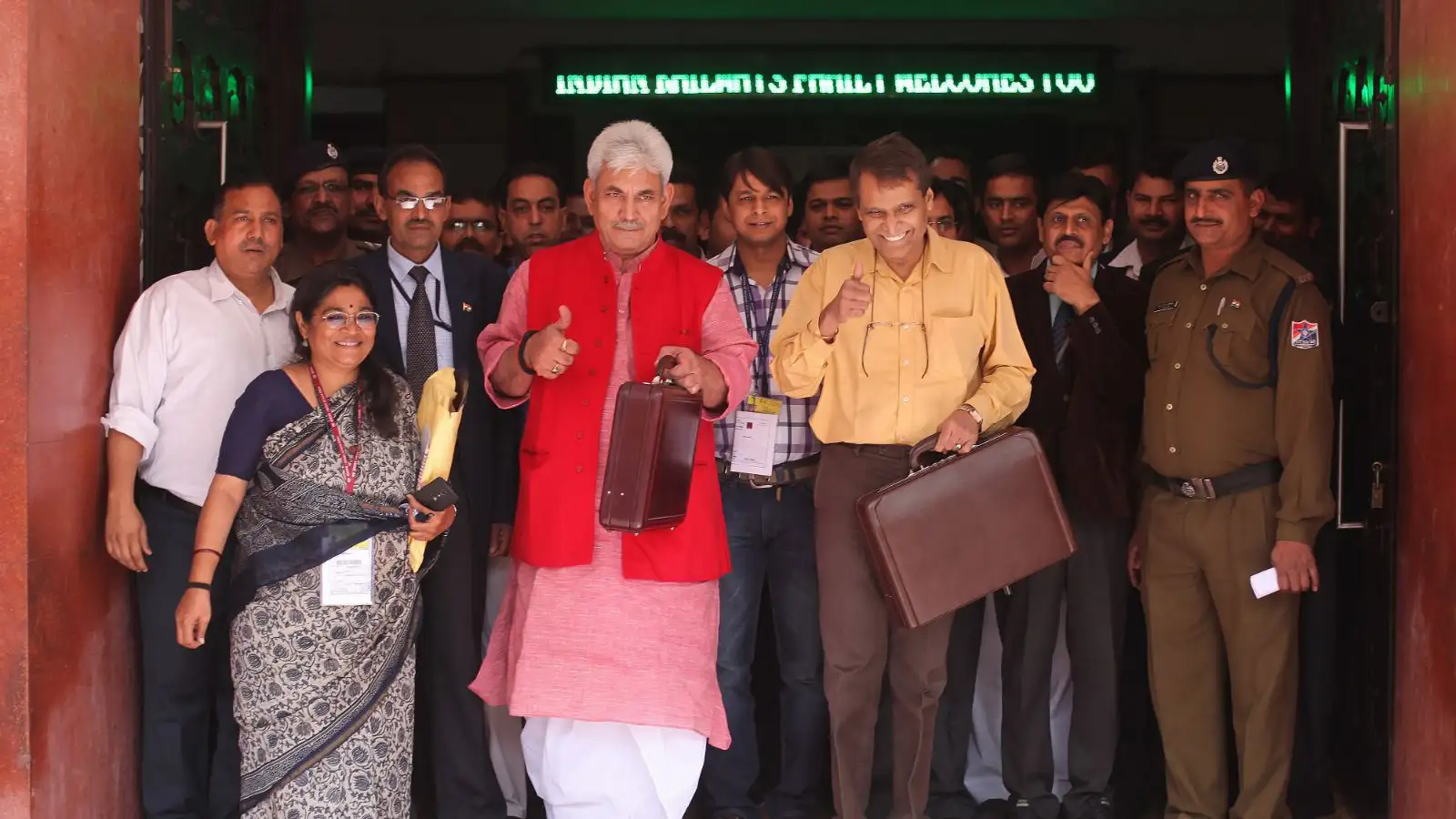Sorry. No new trains were announced today.
Eschewing a legacy of populism and quixotic announcements, first-time railway minister Suresh Prabhu’s maiden budget speech on Feb. 26 provided a blueprint for transforming the massive transportation network by building on existing capacity.
Not that Prabhu, in charge of a cash-strapped Indian railways that has suffered from years of mismanagement, had too many options.
“Unfortunately, railway facilities have not improved very substantially over the past few decades,” he admitted early on in his speech. “A fundamental reason for this is the chronic underinvestment in railways, which has led to congestion and over-utilisation.”
Therefore, the Narendra Modi-led government now plans to spend Rs8.5 lakh crore over the next five years to slowly rebuild the railways—and almost Rs4 lakh crore from this will go towards decongesting and expanding the existing network.
Fixing the network
In all, Prabhu plans to increase India’s track length from 114,000 kilometre to 138,000 km by 2016—and improve the railway’s passenger carrying capacity to 30 million from 21 million currently.
But there will be sharp focus on augmenting existing infrastructure.
Over 1,200 sections of the railways are on the high-density network, the minister said, of which 492 are running at more than 100% of their capacity. Meanwhile, 228 sections run at capacity utilisation between 80% and 100%.
That sort of strained capacity means that trains tend to run much slower than they can.
“In the next five years, our priority will be to significantly improve capacity on the existing high-density networks,” Prabhu explained. “Improving capacity on existing networks is cheaper. There are no major land acquisition issues and completion time is shorter.”
In this budget, the rail ministry has sanctioned 77 projects, which cover 9,400 km of doubling, tripling and quadrupling of lines, as well as electrification. In all, this will cost the government Rs96,182 crore ($16 billion).
Improving freight
The Modi government wants to capitalise on freight, the main cash cow for the Indian Railways.
And Prabhu intends to increase the annual freight carrying capacity to 1.5 billion tonnes from the existing 1 billion tonnes. To do this, the Indian Railways has decided to fast-track work on 7,000 km of double/third/fourth lines and commission 1,200 km of track this year to improve last mile connectivity.
With a number of power and steel projects facing delays due to railway constraints, Prabhu wants to partner with India’s public sector companies such as Coal India Limited and Steel Authority of India to jointly set up freight infrastructure.
Finding the money
To finance the Rs8.5 lakh crore ($138 billion) investment over the next five years, the railway minister will have to resort to external sources, given that internal accruals and operating metrics of the Indian Railways is nowhere near the target. The budgetary support from the government is pegged at Rs40,000 crore ($6.4 billion) for 2016.
First, the department will partner with multilateral and bilateral organisations and other governments to access long-term financing.
Some development banks and pension funds have already shown “keen interest” in financing news investments, Prabhu said. Pension funds may be a good fit, since their time horizon is aligned to that of the railways, he added.
Second, the Indian Railways will borrow almost 47% more from the market in 2016, as compared to a year ago. The railway minister has proposed the market-borrowing limit for 2016 at Rs17,655 crore ($2.8 billion).
Third, Prabhu will tap other avenues to raise long-term debt, including setting up an infrastructure fund, a holding company and a joint venture (JV). The JV will be formed with an existing non-banking financial company of a public sector undertaking with the Indian Railway Finance Corporation Ltd.
Verdict
Deven Choksey, founder and managing director of K R Choksey Securities, told Quartz that the railway budget is “strong fundamentally.”
“The ministry is smartly taking care of commitments rather than only talk about intent,” Choksey explained, “and the government has laid out a roadmap which is pro-reforms.”
“He chose to deviate from the usual trend,” Vishwas Udgirkar, partner at Deloitte Touche Tohmatsu, said. “Unlike in the past when railway ministers wanted to highlight their achievement, Prabhu has given a clear direction about the plans.”
And this is what EY India’s partner and PPP leader Abhaya Agarwal had to say: “Aiming investments towards completion of ongoing projects and projects in congested corridors is the right step towards improving productivity and making the Indian Railways financially self-sustainable.”
Prabhu has a long ride ahead to get the Indian Railways back on track—but at least he’s off to a good start.
